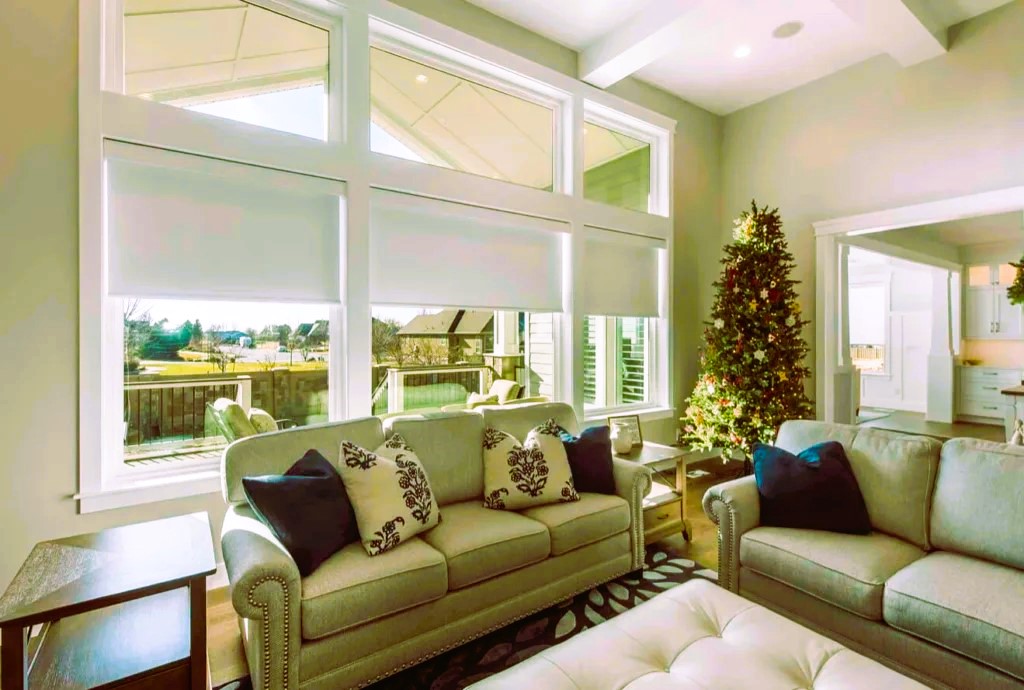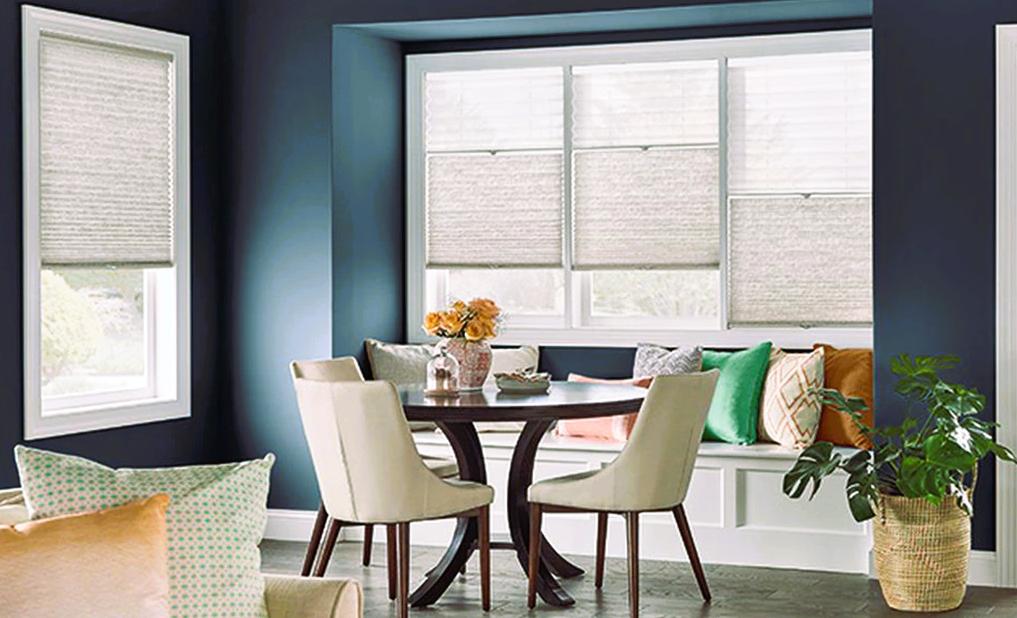Window treatments are not just decorative elements; they play a crucial role in improving energy efficiency and enhancing privacy in homes and buildings. From curtains and blinds to shades and shutters, window treatments offer a range of options for controlling natural light, heat gain, and privacy levels. In this article, we explore the importance of window treatments in maximizing energy efficiency, enhancing privacy, and creating comfortable indoor environments.
Energy Efficiency: Controlling Heat Gain and Loss
Windows are significant sources of heat gain in the summer and heat loss in the winter, impacting indoor comfort and energy consumption. Window treatments act as insulating barriers, helping to regulate indoor temperatures and reduce the load on heating and cooling systems. Here’s how different types of window treatments contribute to energy efficiency:
- Curtains and Drapes: Thick, insulating curtains or drapes can effectively block sunlight and heat transfer when closed, especially when lined with thermal or blackout materials. In the winter, closing curtains at night can help retain heat and reduce heat loss through windows.
- Blinds: Adjustable blinds allow for precise control over natural light and solar heat gain. Tilting the slats upward can deflect sunlight and reduce heat gain, while closing them entirely provides privacy and minimizes heat loss in colder months.
- Shades: Cellular or honeycomb shades feature a unique cellular design that traps air, providing an additional layer of insulation against heat transfer. They are particularly effective at reducing both heat gain in the summer and heat loss in the winter.
- Shutters: Interior shutters offer excellent insulation and light control, with adjustable louvers that allow for customization of light levels and privacy. When closed, shutters provide a tight seal against drafts, improving energy efficiency.
Privacy: Balancing Natural Light and Seclusion
Privacy is another essential aspect of window treatments, especially in urban or densely populated areas where privacy concerns are prevalent. Window treatments help strike a balance between allowing natural light into the space and shielding interiors from prying eyes. Here’s how window treatments enhance privacy:
- Opaque Materials: Opting for opaque or semi-opaque window treatments such as curtains, drapes, or blinds ensures privacy while still allowing diffused natural light to filter through. These treatments obscure views from outside while maintaining a sense of openness indoors.
- Top-Down/Bottom-Up Shades: Top-down/bottom-up shades offer versatility by allowing users to adjust the position of the shades from both the top and bottom. This feature enables homeowners to maintain privacy while still enjoying natural light and views by positioning the shades to cover only the necessary areas.

- Sheer Fabrics: Sheer curtains or shades made from lightweight, translucent fabrics provide daytime privacy by filtering sunlight and obscuring views from outside. Sheer treatments create a soft, ethereal ambiance while maintaining a level of seclusion. Read about how energy-efficient windows improve indoor comfort and quality of life in our article.
- Privacy Liners: Adding privacy liners to window treatments enhances opacity and light control, especially in bedrooms, bathrooms, or other areas where increased privacy is desired. Privacy liners can be integrated into curtains, drapes, or shades for added versatility.
Standards and Guidelines for Window Treatments
While there are no specific standards for window treatments, guidelines for energy-efficient window coverings exist, emphasizing factors such as material properties, insulation values, and installation methods. Organizations such as the American National Standards Institute (ANSI) and the Window Covering Manufacturers Association (WCMA) provide recommendations for selecting and installing energy-efficient window treatments.
For more information on energy-efficient window treatments and related standards, you can visit the following websites:
Window treatments play a dual role in enhancing energy efficiency and privacy in homes and buildings. By choosing the right window treatments and implementing effective strategies, homeowners can optimize natural light, regulate indoor temperatures, and create comfortable, private living spaces. As awareness of energy efficiency and privacy concerns continues to grow, the role of window treatments in achieving sustainable, comfortable environments will become increasingly important.

